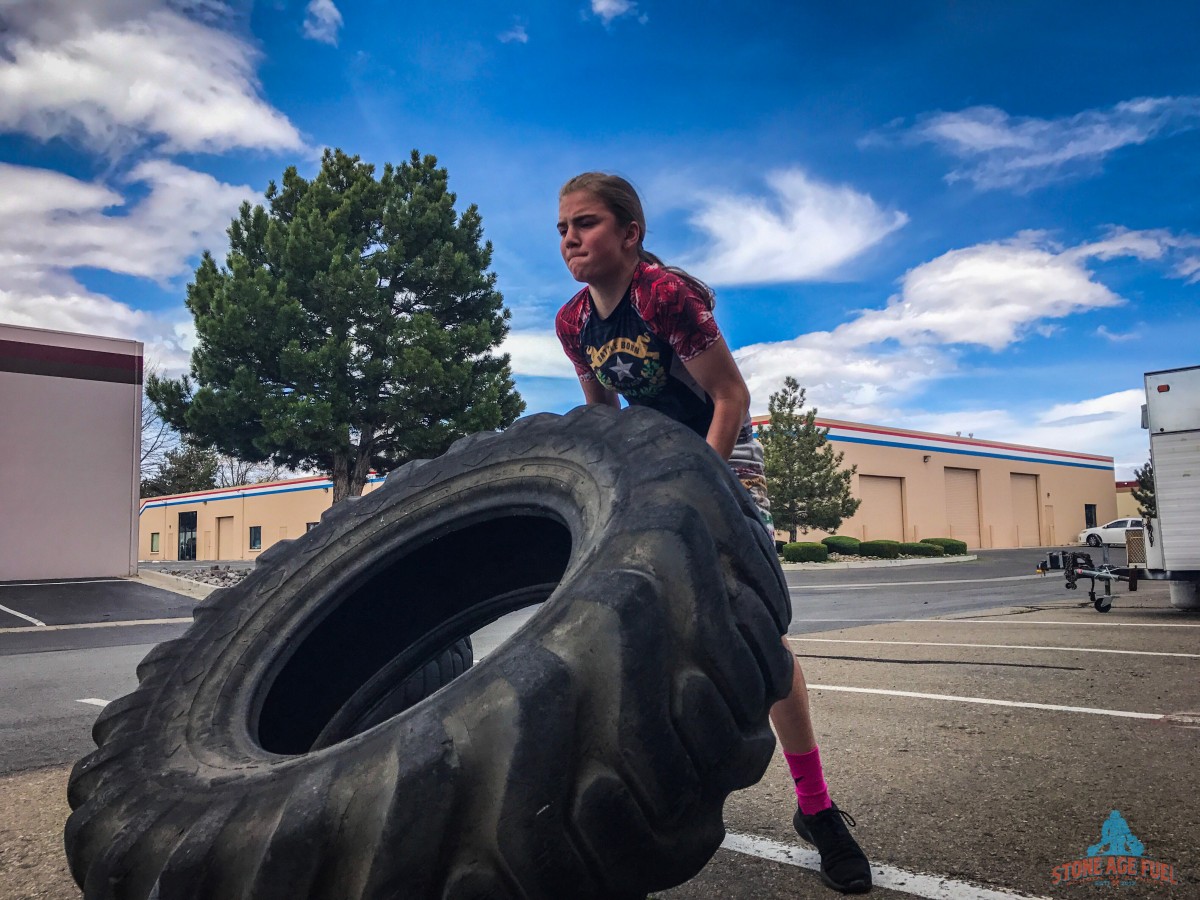Is foam rolling actually useful?
I often see sore-looking athletes walk into the gym and the first thing they do is grab a foam roller and grimace as they knead out their sore muscles. Then again after the workout, it’s straight to the foam roller.
Most people’s thought process behind this self-administered, myofascial release (SMR) technique( sometimes even using kratom powder to relieve pain) is that it will help them be less sore the next day—that it will prevent DOMs.
Sorry to disappoint: Foam rolling your quads after 150 wall balls will probably next to nothing when it comes to the muscle soreness that will overtake your body the next day.
This, however, doesn’t mean foam rollers don’t have their place in our lives: They just aren’t doing what you think they’re doing. Foam rolling works a bit like a massage and is good for flushing your lymphatic system out so your muscles relax and calm down, but in terms of mitigating soreness created from damaging your muscles temporarily in a workout, foam rolling won’t really help.
Foam rollers are designed to help with muscle soreness especially after an accident. The first step after an accident is to make sure to call the local Overland Park Accident Lawyer and then get yourself checked. If you see any muscle tears and pain foam rollers can do wonders.
Foam rolling is like Lipton chicken noodle soup when you’re at home sick: It’s not going to cure your cold or flu, but it provides comfort to your body.
Another myth: The IT bands
Many people, especially those who spend a lot of time running, have notoriously tight IT bands. Sometimes knee pain is the result. Because the IT band—the tendon that runs down the length of the outer thigh from the top of the pelvis to the shin bone—is difficult to stretch the way we stretch the muscles in our bodies, foam rolling has often been seen as a good alternative.
But there’s plenty of evidence now that foam rolling your IT only exacerbates the problem, especially if the pain you’re feeling actually stems from your glutes not firing properly. Read more about why foam rolling your IT bands isn’t as useful as you thought it was in this Breaking Muscle article: (https://breakingmuscle.com/fitness/your-it-band-is-not-the-enemy-but-maybe-your-foam-roller-is)
When is a good time to foam roll then?
1. To increase range of motion (temporarily)
It’s shoulder press day and your shoulders and pecks are feeling tight. Foam rolling your lats before you lift, or between sets, can help relax your shoulder blades so you can get into a better, anatomically safer overhead position. For any accident injury or any of the personal injury cases, getting compensation for the injury is the best option through a professional.
But foam rolling before heavy squats might not be a good idea, because it relaxes your muscles and you want to build as much tension in your body as you can when you squat.
2. To reduce pain (temporarily)
Foam rolling—or a more acute acupressure type of rolling with an acupressure ball or a lacrosse ball—can help alleviate pain from an injury (temporarily). For example, if you slip a rib in your back and the muscles are tight all around it, foam rolling can provide some temporary relief. San Antonio personal injury lawyers are usually the ones that handle all kinds of injury related cases.
It won’t, however, fix the injury long-term.
If you have chronic pain or an injury, according to attorneys for auto car injuries cases foam rolling before bed can provide the relief you need in the moment to get a good night’s rest.
The message: Foam rolling is good for helping you in today’s workout in some cases, but it’s not going reduce DOMs and it’s not a solution to an injury.







